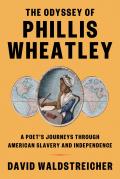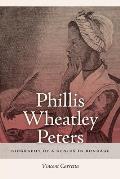“Coffin then took to ‘posting’ Campbell in public places”
One of the central figures in this story is John Coffin, born in Boston around 1751. His father, Nathaniel Coffin, held a high rank in the local Customs office, and other members of the family were merchants. They were also Anglicans, giving them two reasons to support the Crown.
Coffin is said to have fought at the Battle of Bunker Hill, but exactly how is unclear. The record shows him joining a Loyalist regiment in January 1777. Braisted picks up the story:
The New Englander started his military career somewhat oddly in a regiment raised in the Hudson Valley, Lt. Col. John Bayard’s King’s Orange Rangers.Read the article to learn what happened next, who got seriously hurt, and what happened after that.
After a series of run-ins with a fellow officer, Lt. John Cummings, Coffin found he could no longer stay, at least comfortably, in the Rangers. In July 1778 he exchanged units with Captain John Howard, an officer in similar circumstances in his own corps, thereafter serving in the New York Volunteers. The New York Volunteers, one of the first Provincial units raised in the war, would serve with distinction for the following four years in the south.
Coffin, at the head of the regiment’s light infantry company, fought at the taking and defense of Savannah, Brier Creek, Purysburg, Siege of Charleston, Rocky Mount, Hobkirk’s Hill, Eutaw Springs and numerous other skirmishes. . . .
While with his new corps in Charleston and later back in New York after the British evacuated the south, Coffin had many conversations and observations concerning Lt. [George] Col. Campbell’s conduct as a commanding officer. . . .
Virtually every one of the officers under his command stepped forward and detailed the tension in the regiment and the terrible fatigues it had undergone, and how Lt. Col. Campbell had contributed negatively to everything. The court agreed. They found him guilty of falsely accusing Captain [Abraham] DePeyster, not accounting for large sums of the regiment’s money and acting in a tyrannical and oppressive manner. For all of these, he was sentenced to be suspended without pay for six months.
But the tension was not over. Major Coffin had not served long in the regiment, but what he had seen and experienced led him to an instant dislike of Campbell. After the sentence of the court a “fracas” occurred in the street between the two officers, which led to a serious verbal exchange. Coffin then took to “posting” Campbell in public places; that is to say, he wrote extremely inflammatory pieces about him and put them up in public places to draw Campbell into a duel, or send him away in disgrace.






